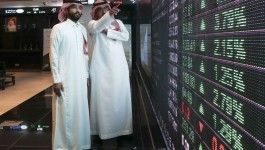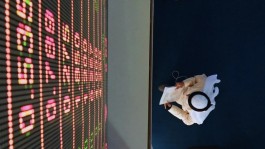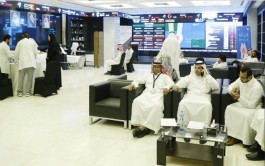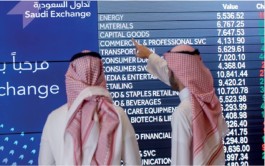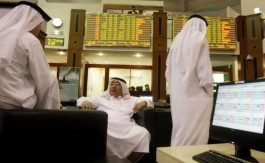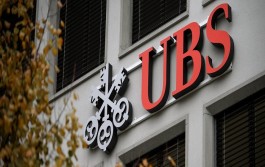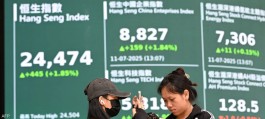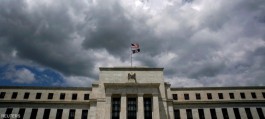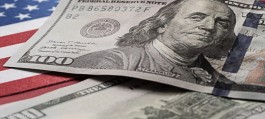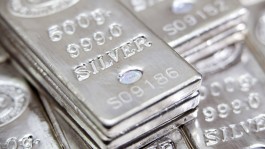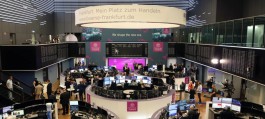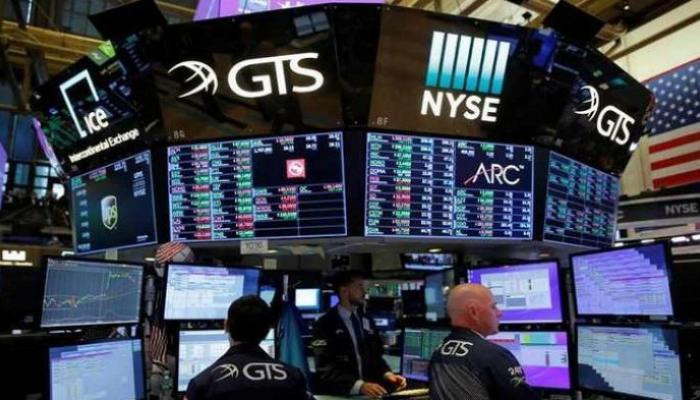Wall Street witnessed a rapid turnaround over the past hours. After posting strong gains in recent weeks, all indices closed lower at the end of the week, as investors picked up on clear signs that the Federal Reserve was nowhere near the end of monetary tightening and an interest rate hike.
Statements by members of the federation
The statements of two Federal Reserve officials played a role in the decline of Wall Street, as the member of the Council, Christopher Waller, said that core inflation will not decrease as I thought, thus confirming that the Fed is still looking to raise interest rates to curb inflation.
In the same vein, Richmond Federal Reserve Chairman Thomas Barkin said he was comfortable with further interest rate increases, given that inflation is still on its way back to 2 percent.
Investor optimism
Investors were optimistic about the inflation data for the month of May, which showed a significant decline that exceeded expectations, declining to 4.1 percent from about 4.9 percent in April, but core inflation (which excludes fuel and food) decreased slightly at 5.3 percent. last May compared to 5.5 percent in the previous April.
This optimism was reinforced by the Federal Reserve stopping raising interest rates after 10 consecutive increases since March 2022, but the statements of Federal President Jerome Powell changed all the data, as he said that the interest rate may rise by half a percentage point until the end of the year.
interest and inflation forecasts
Markets now expect that the Federal Reserve will temporarily stop raising interest rates in June, and will raise them again next July, and will stop the scenario of increases or tightening monetary policy in December, according to what was revealed by the Fed Watch tool for monitoring interest rates.
These bets were reinforced by what was shown by a University of Michigan survey on inflation expectations for the current month of June, as it revealed that the near-term expectations for the consumer price index (inflation) fell to their lowest level in more than two years this June, and expectations over the next five years improved dramatically. slight.
Wall Street is falling
The markets are looking forward to how Wall Street will move next week, although the rally has stopped after a series of rises that stopped with the close of the week, as the Nasdaq index fell by 0.68 percent to 13,689 points, and the Dow Jones Industrial Average fell by 0.31 percent to 34,301 points, and the index fell Standard & Poor's 500 rose 0.4 percent to 4409 points.
Over the week, the Standard & Poor's index rose 2.6 percent, the Dow Jones rose 1.2 percent, while the Nasdaq rose 3.2 percent.
The world's largest bank, JP Morgan, warned of a wave of optimism in the markets, as it expected stock sales of about $150 billion to be carried out by global pension funds and sovereign wealth funds, in order to rebalance their financial portfolios, after their exposure to global stock markets increased in the three months. past.
These institutions will sell shares to buy bonds and maintain the traditional portfolio equation at 60 percent for stocks and 40 percent for bonds.
And the rise of 15 percent since the beginning of the year so far in the Standard & Poor’s 500 index led to the return of investors again to the markets, after Wall Street witnessed sharp declines in the first quarter of this year, due to the rapid collapse of US banks that left fears of a banking crisis. systemic, and the imminent collapse of the American economy.
Avoid a recession scenario
However, avoiding this scenario reinforced the recent gains on Wall Street, which were driven by two factors, the first, avoiding the US economy from recession, and the second, the wave of buying of artificial intelligence companies.
Thanks to these factors, Goldman Sachs raised the target of the Standard & Poor's 500 index at the end of the year to 4,500 from the previous 4,000 points, indicating that these expectations are supported by the US economy's ability to enter into a contraction in the next 12 months.
It is noteworthy that the index rose by 23 percent from its lowest level last October.










